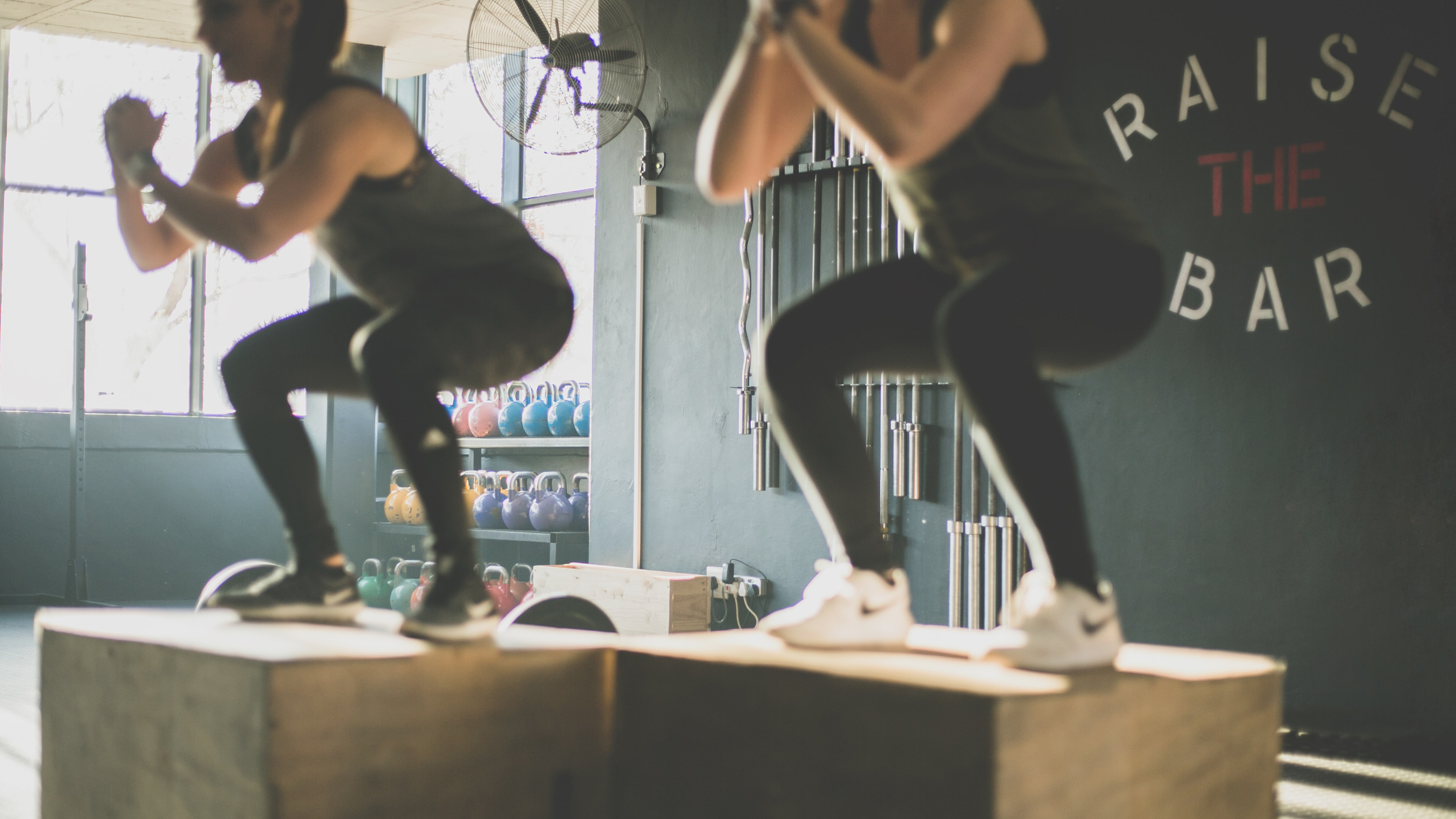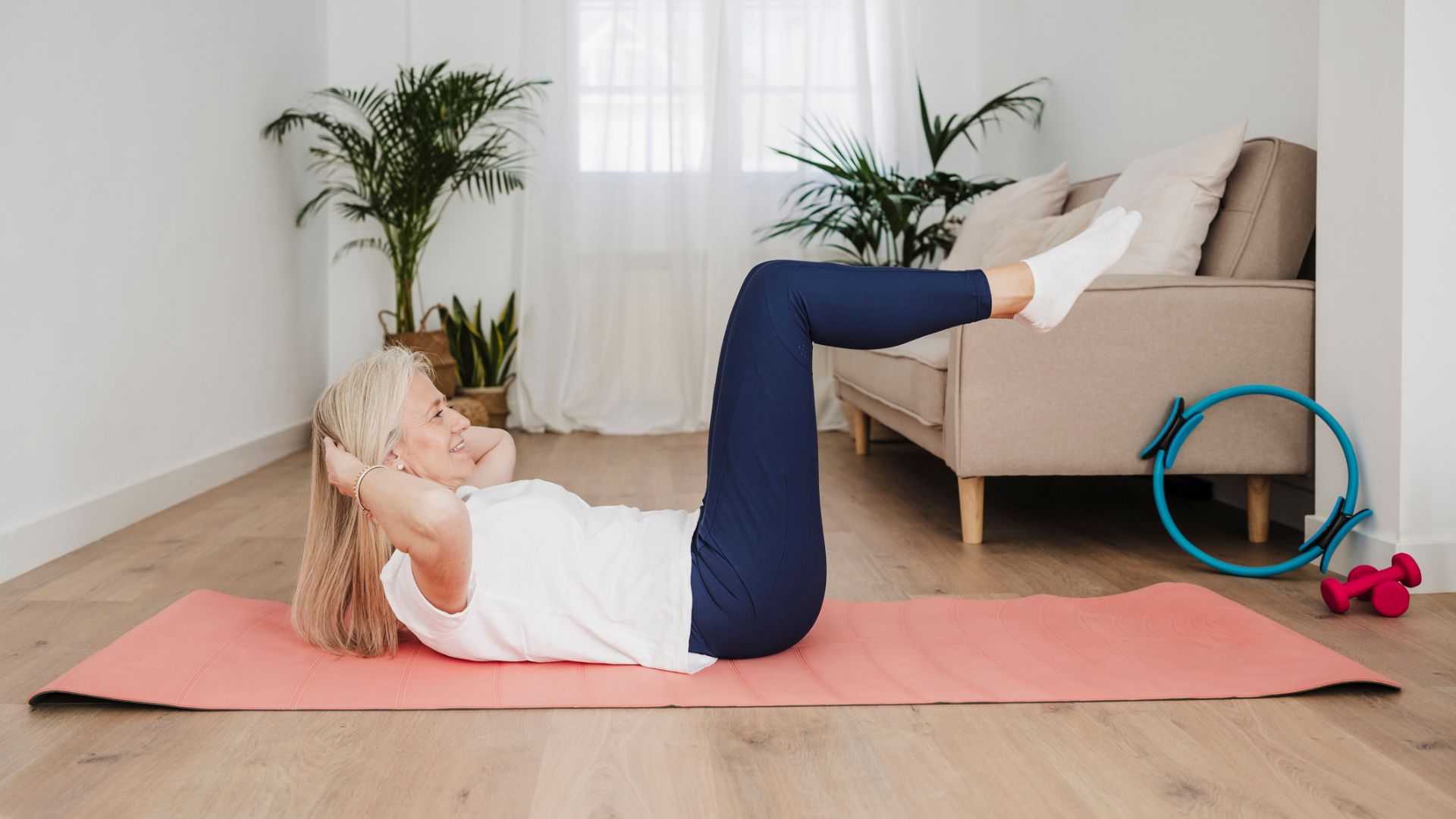How long should you rest for while doing HIIT workouts?
HIIT workouts are supposed to keep your heart rate up, but according to science, 60 seconds rest is the perfect sweet spot


HIIT workouts are supposed to be intense. Whether doing burpees and battling ropes in the gym, or lunges at home with the best adjustable dumbbells, you're supposed to be giving it your all, with maximum power and effort, before stopping to take a short rest.
However, what exactly constitutes a short rest? 30 seconds? A minute? Two minutes? Researchers from Liverpool John Moores University sought to find out how long you could rest for without losing the benefits of HIIT training.
The study, published by the Physiological Society, sought to examine whether 60 second workout intervals with 60 seconds of rest were more beneficial than 30 seconds of work with 120 seconds of rest. The aim was to solidify the work-to-rest ratio that encourages all the benefits of HIIT: namely, improving cardiovascular health, stressing your muscles, boosting metabolism for longer and burning more calories.

Both protocols were tested for six weeks, three times per week, in a sample of 26 previously sedentary men and women. At the end of the study, it was found the group who did 60 seconds of work and 60 seconds of rest had improved aerobic capacity, better heart health and improved body composition (less fat, more muscle) than those who did 30 seconds of work and 120 seconds of rest, who were virtually unchanged.
Hannah Church, a researcher on the study, said: "In order for people to get the most out of HIIT, which may be the answer to the difficulties of paying for and getting to the gym, we need to get the timing right. Our research showed just how important this is, because we found that 30 second intervals with 120 seconds of rest meant that participants' heart rates didn't stay up. 120 seconds is just too long to be resting for!"
Right now, lots of people don't exercise due to the lack of time, with the study citing 40% of British adults not meeting the recommended daily guidelines. HIIT training could be the perfect solution: all you need is less than an hour to raise your heart rate. Need a way to get started? You can watch a workout below recorded exclusively for Fit&Well by expert PT Nathan Honess:
Watch our 45-minute HIIT workout below:
Getting started with HIIT
HIIT workouts can be done in the gym, or at home with just your bodyweight. Our four-week shape-up plan contains a month of HIIT workouts to help you increase your lung capacity, heart health, muscle tone and lose weight all at once.
Get the Fit&Well Newsletter
Start your week with achievable workout ideas, health tips and wellbeing advice in your inbox.
All you really need is a set of comfortable clothes to get started, but as lots of HIIT workouts involve switching disciplines, our best cross training shoes are the perfect buy. These have enough ankle support and a flat sole to assist you while doing squats, but enough give and cushioning to do burpees, sprints and anything else you'll throw at them.
Matt Evans is an experienced health and fitness journalist and is currently Fitness and Wellbeing Editor at TechRadar, covering all things exercise and nutrition on Fit&Well's tech-focused sister site. Matt originally discovered exercise through martial arts: he holds a black belt in Karate and remains a keen runner, gym-goer, and infrequent yogi. His top fitness tip? Stretch.
-
 I'm a personal trainer and I've been using this routine to build functional core strength for over 20 years
I'm a personal trainer and I've been using this routine to build functional core strength for over 20 yearsBorrow this quick drill for your next core finisher
By Sam Rider
-
 These are the exercises that actually help shin splints, according to a kinesiologist
These are the exercises that actually help shin splints, according to a kinesiologistIf you run a lot you need to try these moves
By Maddy Biddulph